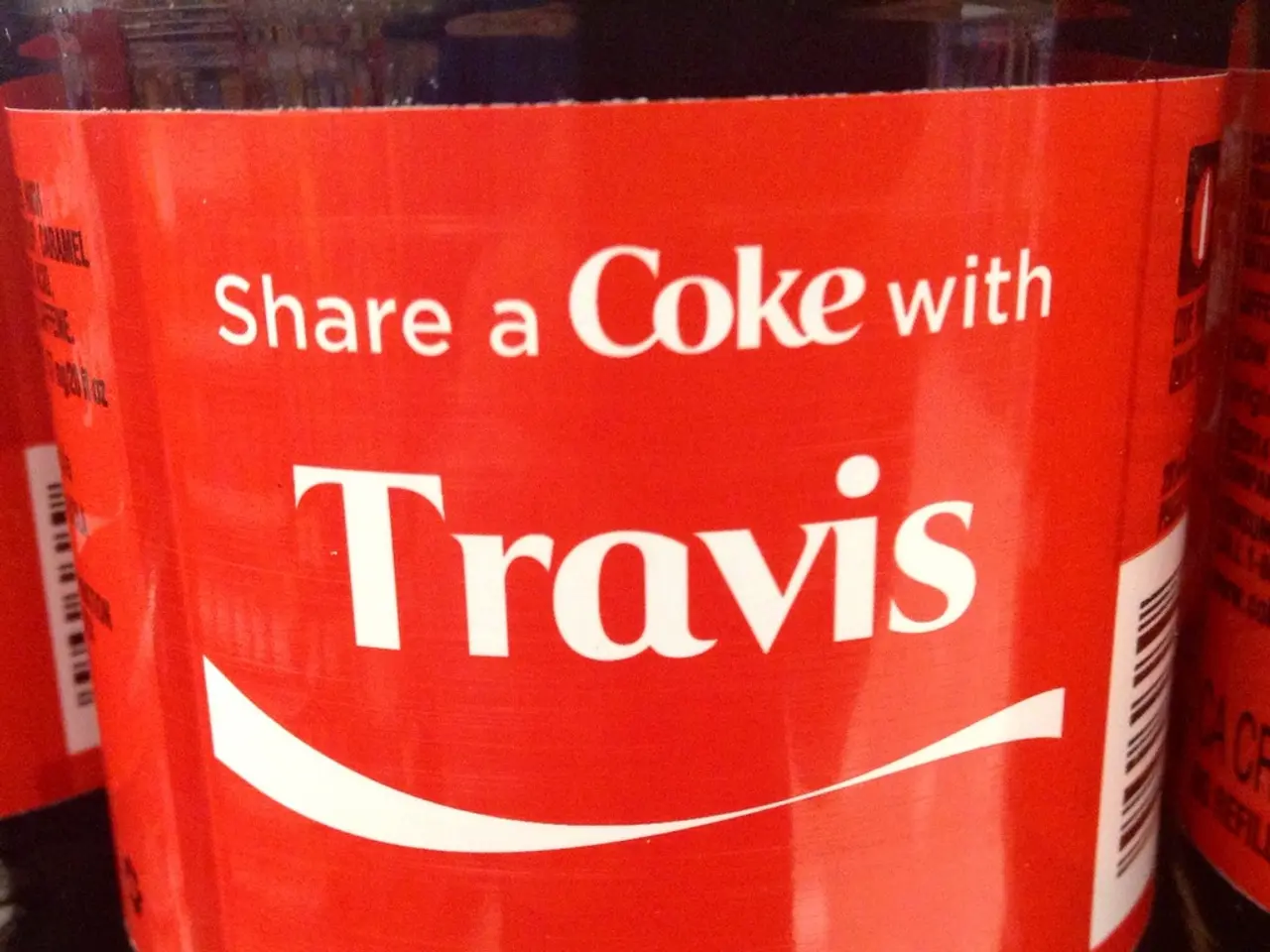Taylor Swift's upcoming album creates a buzz with her signature colors, glitter and orange, as brands make significant investments.
Taylor Swift's Cultural Influence Drives Economic Wave as Brands Embrace the "Taylor Swift Economy"
Taylor Swift's upcoming album, "The Life of a Showgirl," and the unprecedented success of her Eras Tour have sent ripples through industries, cities, and brands eager to capitalize on the economic wave she generates. This phenomenon, known as the "Taylor Swift economy," is a testament to Swift's enduring influence and the billions of dollars her fanbase continues to drive.
Brands have been quick to align their marketing strategies with Swift's cultural influence, leveraging her massive and highly engaged fanbase, known as Swifties, to amplify their reach and sales. The strategies employed are diverse, ranging from rapid thematic marketing tied to Swift's announcements, creating urgency and scarcity, harnessing the Swiftie community as a marketing force, controlling intellectual property and brand narratives, embedding brands in cultural conversations Swift shapes, and maintaining authenticity and direct communication.
One of the key methods brands use is thematic marketing. When Swift hints at new projects or uses specific themes, such as the color orange linked to her latest album, brands swiftly incorporate these elements into their campaigns. For instance, after Swift mentioned her affinity for orange on a podcast, numerous brands like United Airlines, Olive Garden, Shake Shack, FedEx, Buffalo Wild Wings, Walmart, and Netflix launched orange-themed social media posts almost immediately to ride the buzz.
Brands also create urgency and scarcity by launching limited-time promotions or themed campaigns closely timed with Swift's moves. This taps into the Swifties' excitement and their eagerness to participate in related cultural moments.
Another strategy is harnessing the Swiftie community as a marketing force. Swifties act like a distributed marketing army, amplifying every brand message linked to Taylor Swift. Brands engage with this community through fan-coded signals, merchandise collaborations, and social media interactions that feel authentic and direct, turning casual brand mentions into viral cultural phenomena.
Brand control is also crucial. Swift's team aggressively manages her brand and associated IP, ensuring that fan spending flows through authorized channels. This comprehensive brand control enhances value and prevents dilution, benefiting both Swift and partnered companies.
Embedding brands in cultural conversations Swift shapes is another tactic. Unlike traditional celebrity endorsements, Swift's cultural influence restructures conversations. Brands attempt to orbit this influence by mirroring her style, themes, or appearing in moments shaped by her, thus maximizing attention and relevance.
Authenticity and direct communication are also essential. Swift's brand feels personal and direct to fans. Brands strive to mimic this authenticity to better connect with Swift's audience and foster trust and engagement.
The rebranding of brands and platforms is a calculated move to spark conversation, draw in Swift's loyal listeners, and keep them in the center of the cultural moment. Towards the tour's final leg, Swift often stepped out in shades of orange, and later shared her fondness for the color in the podcast. As a result, many brands, including M&M's, Burger King, Dunkin', American Airlines, Netflix, Walmart, and Spotify, have joined the trend.
Spotify, for instance, revamped its interface with glittery-orange accents and themed playlists to mark the new era. The platform has also joined in, flooding its feed with Swift-themed posts that have sparked a frenzy of likes, comments, and shares.
The Eras Tour, which took place in 2023, broke multiple records, drawing 4.35 million fans across 60 shows and generating $1.04 billion from ticket sales alone. The tour also brought in approximately $200 million in merchandise sales and a concert film that earned around $250 million, making it the highest-grossing of its kind. Cities hosting her shows saw hotels, restaurants, and local businesses flooded by Swifties, as per Pollstar's 2023 year-end charts.
The term "Swiftonomics" was coined by Bloomberg reporter Augusta Saraiva in 2022 to describe the money-making force behind Swift's cultural pull. Spotify paid over $10 billion to the music industry (March 13, 2025), underscoring the economic impact of Swift's fanbase.
In conclusion, brands leverage swift, themed social media campaigns, respect the fan community's dynamics, tightly integrate with Taylor Swift's cultural signals, and maintain authenticity to capitalize on the "Taylor Swift economy." This enables them to tap into her billions in tour-driven commerce and her unparalleled global attention.
- Brands integrate Taylor Swift's music and pop-culture influence into their marketing strategies, including thematic marketing, urgency and scarcity tactics, harnessing the Swiftie community, maintaining brand control, embedding themselves in cultural conversations, and emphasizing authenticity.
- In the wake of Taylor Swift's economic impact, proven by her Eras Tour's revenue and merchandise sales, brands eagerly collaborate to align with her cultural influence, capitalizing on the "Taylor Swift economy" and seeking a portion of her billions in tour-driven commerce.







